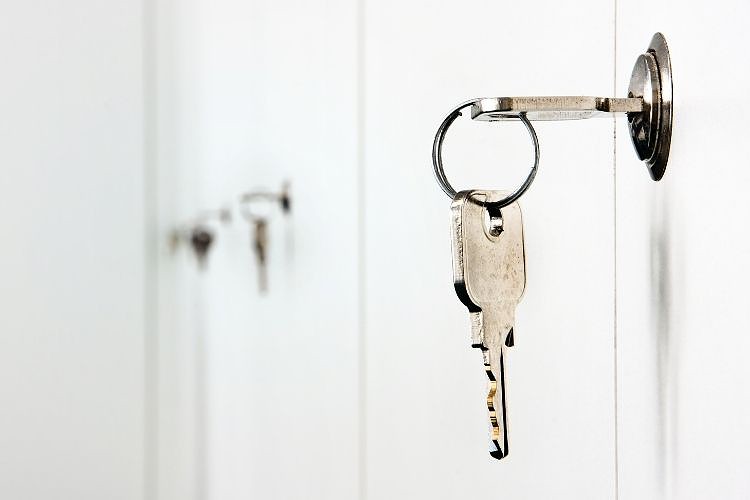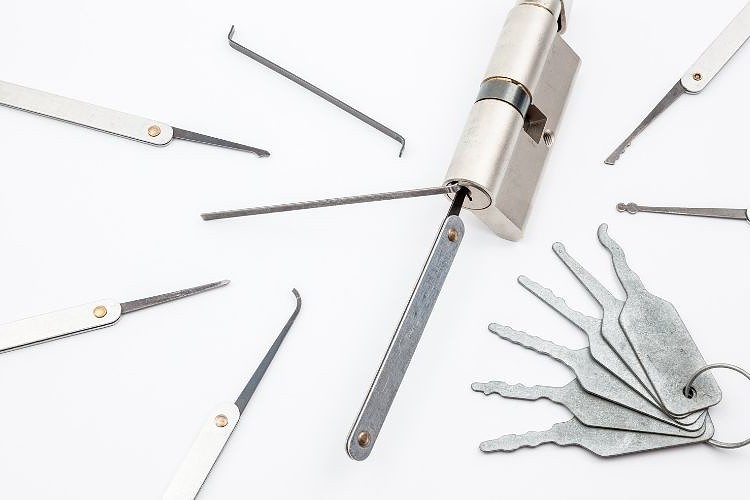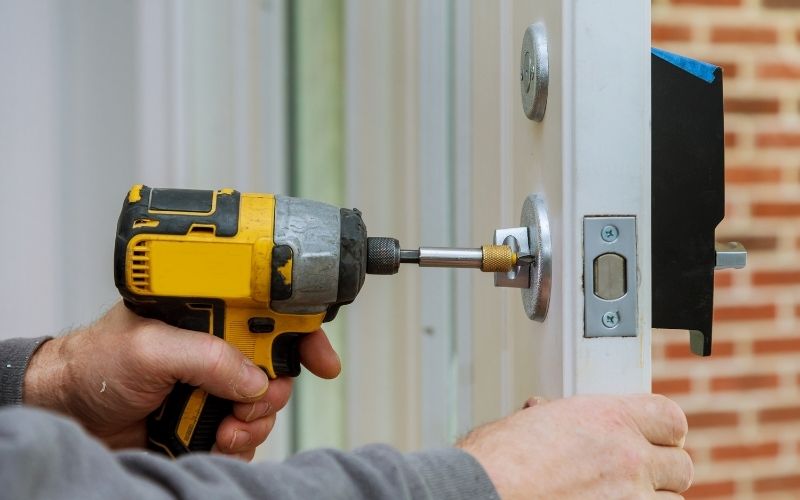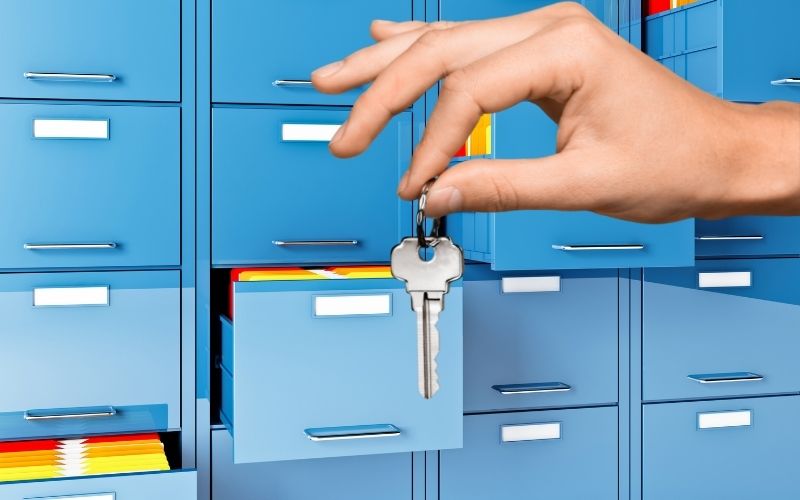Having a filing cabinet is a great way to keep important papers and other documents organized and protected from prying eyes.
Additionally, filing cabinets can be a great place to store collectible items, delicate materials, valuable photos, or craft materials you don’t want children or pets to get into.
However, filing cabinets normally come with very small keys which can be easily lost or misplaced. If this happens to you, being unable to access the items you have stored inside can be a nuisance.
There are a few solutions to remedy this situation, and some are much easier than others.
Let’s take a look at your options if you happen to misplace your Steelcase file cabinet key.
1. Purchase a Replacement Key
One of the most straightforward and safest options is to purchase a replacement key.
Steelcase filing cabinets are found in specific models, and replacement keys can be found for those models at various sources online.

You may be able to purchase a replacement key from Steelcase themselves, but you may have to check Amazon, eBay, and other similar sources.
The biggest downside to this method is that it takes time to get your key.
Shipping may take a few days to a couple of weeks, and there is the risk that the key may not be a perfect fit once it arrives.
This option is the safest choice as it will ensure the lock mechanism isn’t damaged, so, on a more valuable Steelcase filing cabinet, this may be the best option.
- Identify the model of filing cabinet you have by checking the back or bottom for a model number
- Visit the Steelcase website, Amazon, eBay, or another online source to find a replacement key for that model
- Wait for the key to arrive and hope it works in your filing cabinet so that you can access your documents or other items stored inside it
Replacement keys are normally very affordable and can be found in various different model types.
You may also be able to find a “universal” key, which is specifically made to fit a wide range of small locks.
2. Pick the Lock
If you tried the first option and the replacement key didn’t work for whatever reason, you may want to try picking the lock.

This option could be the fastest way into your filing cabinet, especially if you have lock picking experience, but it also has the potential to damage the lock mechanisms inside.
It can also take a bit of patience and some trial and error if you have never tried picking a lock before and don’t know what to expect.
Picking the lock can be done with a variety of common tools you may already have in your household such as a paperclip, a hairpin, a fingernail file, or other small piece of metal you can bend into a specific shape.
Not every lock can be picked, however, so this may be a time-consuming task that does not lead to fruition.
- Obtain a standard paperclip or other piece of flexible metal and straighten it out while leaning a small bend on the end
- Place the bent end into your lock and once it gets to the end of the locking mechanism, slowly move it back out while constantly trying to turn the lock
- The idea is that you will lift the mechanism pins inside and keep them in their open position with the constant pressure from attempting to turn
- If done correctly, the lock should turn, the filing cabinet will open, and you can access your documents or sentimental belongings
The benefit to picking the lock yourself is that it does not cost you anything, however it can be very time-consuming. You may have to try picking the lock several times before it is successful, or you may try it many times and still never get the hang of it.
3. Drill the Lock Mechanism
If a replacement key didn’t work, and you were unable to pick the lock with a bent piece of metal, a definite way to get in is by drilling the lock. This will entirely damage the lock, but you can purchase a replacement lock to refit into the opening.

Drilling the lock can be done within a few minutes, but it does require you to have access to a drill and suitable drill bit.
While this is the most surefire way to get into a locked filing cabinet, it is also the most destructive, as you will have to replace the entire lock mechanism in order to be able to use the filing cabinet again.
- Find a drill bit that is a similar size to the narrow part of the keyhole and tighten it into your electric drill
- Drill directly into the lock using a medium speed and while applying firm and steady pressure
- Continue drilling into the lock until you have drilled a few inches in, then slowly reverse the drill
- If done correctly, the drill bit will have destroyed the locking pins and when you insert a screwdriver into the hole and turn it, the lock should open easily
Drilling into a lock should be your last resort as it will completely destroy the lock.
Your only option from this point on will be to continue drilling out the lock until it is removed from the drawer, and then purchase a replacement filing cabinet lock to reinstall in the empty spot.
Conclusion
As you can see, there are a few options to retrieve your documents if you have lost the key to your Steelcase filing cabinet.
While purchasing a replacement key may take the longest amount of time, it may also be your best option. If you are short on time and need access to your documents immediately, drilling the lock or picking the lock may be your best bet.
Regardless of the option you choose, ensuring it doesn’t happen again is important.
If you purchase a new key or decide to replace the lock mechanism entirely, consider keeping a spare key hidden somewhere near the filing cabinet.
It’s not uncommon to keep a spare key hidden on a small magnetic hook on the backside of the filing cabinet itself. This hidden key will ensure you are never locked out of your filing cabinet again.

My name is Vance, and I am the owner of To Ergonomics. Our mission is to improve your workflow by helping you create a supportive and welcoming environment. We hope that you’ll find what you’re looking for while you’re here.

